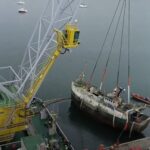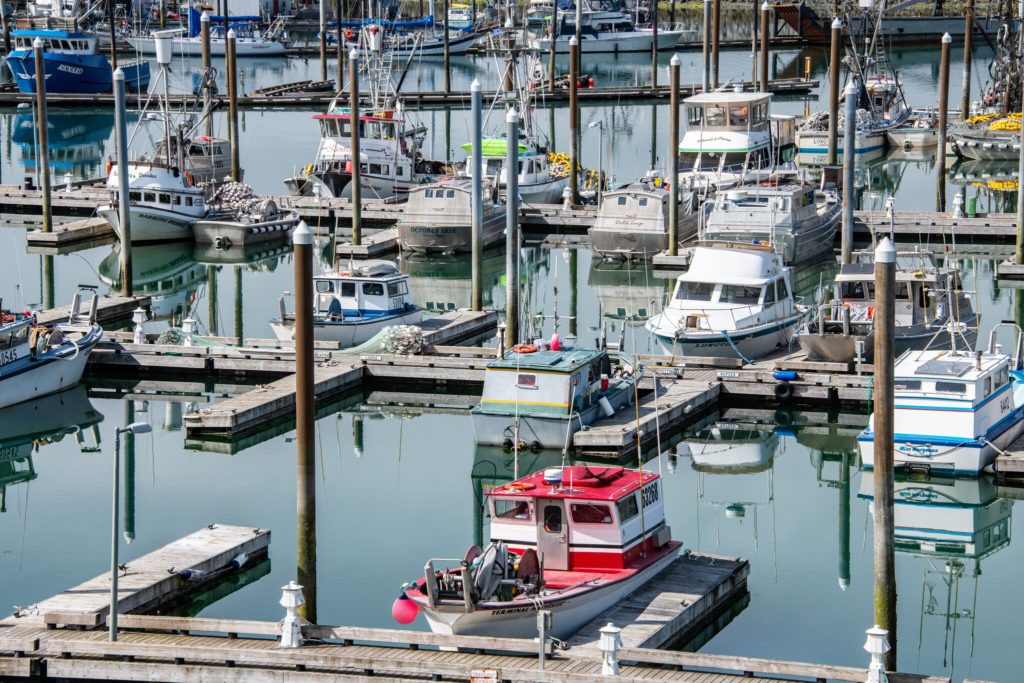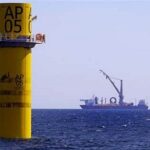Tag Archives: predation
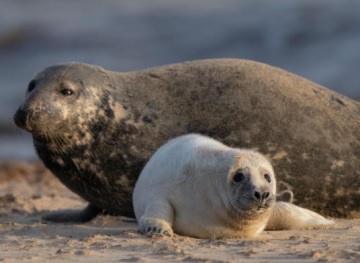
Fishing communities ‘suffering from impact of growing seal colonies’, says MP
Sally-Ann Hart said “sound systems to deter seals are not appropriate” and that fishermen off the coast of her constituency Hastings and Rye were “suffering”. Environment minister Mark Spencer said the Government was working alongside the Marine Management Organisation to assess “non-lethal deterrent options” to keep seals away from fishing catches. Ms Hart said: “Off the coast of beautiful Hastings and Rye, fishermen are suffering from the impact of a growing seal colony affecting their fishing. “Due to the nature of the fishing, small boats leave their nets in the water, sound systems to deter seals are not appropriate. What steps is the minister taking to ensure that seals do not result in our fishing communities being decimated, let alone the fish?”>>click to read<< 13:14
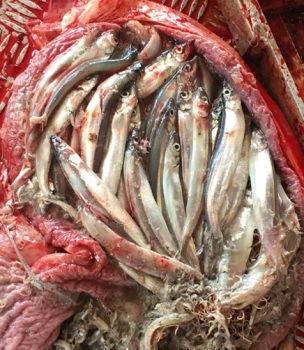
5 miles of seals: Newfoundland fisherman’s video fires up more debate about pinnipeds
Fisherman Jason Branton was steaming home after a crab fishing trip a week ago when he saw something he’d never witnessed before. The 45-ft longliner Gracie’s Adventure was about 60 miles out from Baccalieu Island, in Trinity Bay, on May 30 when Branton and the crew noticed seals all around them. They had encountered a large herd of seals, a patch about five miles wide,, adding this is also the time when capelin begin migrating inshore. Branton and his crew rely mainly on crab, capelin and cod for their fishing income. The question of the impact of seals on fish and shellfish stocks has been debated for years and become more heated in recent years,,, video, >click to read< 10:23
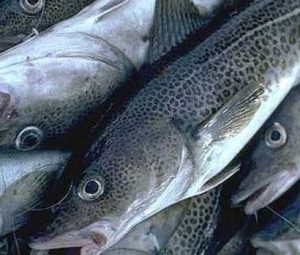
How Newfoundland’s wild fisheries have gone from plentiful to pitiful – How did we get here?
The headline in the daily paper at the end of January 2019 had said it all: Cod recovery still far off: DFO. In the case of cod, the same factors that had contributed to a hopeful comeback — thriving capelin and warming waters — had since swung in unfavourable directions. Fewer capelin prey and changing environmental conditions did not bode well for cod. Now, in 2021, the prognosis for the cod population, capelin and the environmental 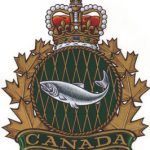 conditions remains no better. How did we get here? DFO science shows several factors are predominantly to blame for declining cod and capelin populations, including: natural causes, especially lack of capelin prey in the case of cod; high predation, particularly from fish (more so than seals), in the case of capelin; and warming ocean waters, among other environmental factors. >click to read< 08:26
conditions remains no better. How did we get here? DFO science shows several factors are predominantly to blame for declining cod and capelin populations, including: natural causes, especially lack of capelin prey in the case of cod; high predation, particularly from fish (more so than seals), in the case of capelin; and warming ocean waters, among other environmental factors. >click to read< 08:26

Spiny dogfish eat small Atlantic codfish! DNA may provide some answers
Conventional observations show that spiny dogfish in the western North Atlantic rarely eat Atlantic cod. However, some believe the rebuilding dogfish populations are limiting depleted cod numbers by competition or predation. To find out what is going on, NOAA Fisheries scientists looked to genetic testing to confirm cod presence in dogfish stomachs. >click to read< 13:10
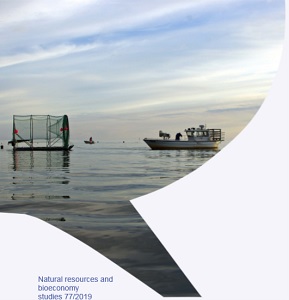
The impacts of seals and cormorants experienced by Baltic Sea commercial fishers
The growth of seal and cormorant populations has challenged the viability of coastal fisheries in the Baltic Sea. In 2017 widely spread frustration among local and regional fishery stakeholders generated a transnational cooperation project operated by the Fisheries Local Action Groups. The Baltic Sea Seal and Cormorant project aimed at producing new knowledge of the seal and cormorant induced problems, and at raising public awareness about the troubled situation in the Baltic Sea area. >click to read the study< 14:02
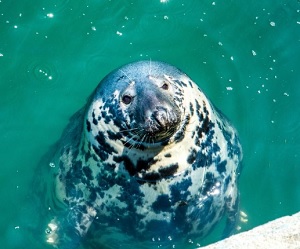
A Provincetown fisherman’s appraisal of the great white dilemma
It finally happened: two worlds collided. The great white shark world collided with the human world and the result was a man being bitten at Longnook Beach. We’re thankful he was saved and is recovering. But how did we get here? It started in 1972 with the Marine Mammal Protection Act, which prohibits hunting or harassing marine mammals, including seals. Before this law fishing communities hunted seals for their pelts and to manage the herd, because they eat enough fish to threaten the livelihoods of commercial fishermen. There were actually payments made by fishing towns to anyone who brought in a seal nose. The threat to commercial fishing was seen as very real. With the 1972 law, the hunt was stopped and seals began reproducing at a far greater rate than was expected. >click to read<11:55
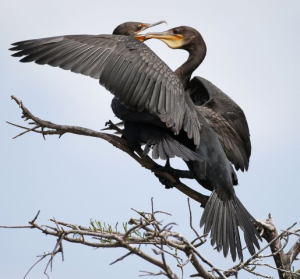
Cormorant, Fisheries Act concerns need to be addressed
Cormorant management and Canada’s Fisheries Act are just two of the issues that members of the Committee of Advisors to the Great Lakes Fishery Commission have raised and want action taken on by the Canada and US governments,,, “One of the concerns our committee has raised is with Canada’s Fisheries Act proposals-in particular with proposed marine protected areas,” Mr. Purvis told the Recorder.,, Another area of concern, said Mr. Purvis, is for needed cormorant management control. “I know in areas like the Les Cheneaux Islands in the US there are no fish left due to cormorants. They decimated the perch fishery for instance. And the US government had at one time allowed for a cull of cormorants, then they took this away. Now the perch fishery in that area is gone.“ >click to read<08:15
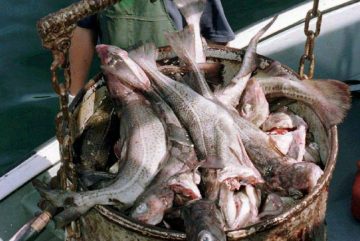
There’s something wrong with cod
It will be another decade maybe, research shows, before harvesters can fish codfish commercially. It’s already been a quarter century since we’ve been able to fish cod commercially. Something is not right here. There has been ample time for cod to be back to commercial status with the minimum amount of cod that has been taken out of the system by Newfoundlanders and Labradorians. Why aren’t the cod stocks improving? Is it because of predators of cod and cod larvae, or is it due to seismic work for oil that is killing the food of cod and cod larvae? Is it poor science on cod stocks, and they really don’t know what’s out there? Is it because of foreign overfishing,,, click here to read the story 20:21
Poor signs for N.L. snow crab
 Aboard the Canadian Coast Guard ship Vladykov this week, crabs captured in Department of Fisheries and Oceans (DFO) traps were being pulled from the water, dumped into orange, plastic baskets, pulled out, measured and categorized before being dumped back. These were among the last of the crab checked for the 2017 inshore survey, ongoing since May.,,, The official survey results won’t be released until early next year (after going to DFO’s stock assessment branch and peer review), but generally speaking, Mullowney suggested there is continued decline, with ocean warming a significant factor and things like predation increasingly important. click here to read the story 08:59
Aboard the Canadian Coast Guard ship Vladykov this week, crabs captured in Department of Fisheries and Oceans (DFO) traps were being pulled from the water, dumped into orange, plastic baskets, pulled out, measured and categorized before being dumped back. These were among the last of the crab checked for the 2017 inshore survey, ongoing since May.,,, The official survey results won’t be released until early next year (after going to DFO’s stock assessment branch and peer review), but generally speaking, Mullowney suggested there is continued decline, with ocean warming a significant factor and things like predation increasingly important. click here to read the story 08:59
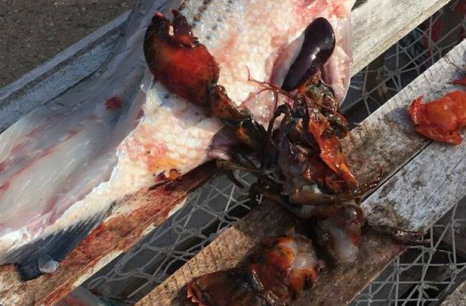
“There’s been an explosion of striped bass,” – VIDEO: Seafood diet of striped bass upsets Cape Breton fisherman
Believe it or not, Ray Briand wasn’t entirely surprised to find two lobsters stuffed inside a 72-centimetre-long striped bass he’d caught Wednesday night. That’s because the longtime Cape Breton fisherman believed his suspicions were confirmed. “They’re called wolves of the oceans for a reason,” said Briand, a Smelt Brook resident. “They fish in packs and they’re devastating our local fishing stocks. “There’s nothing left in our harbours except bass. Now we’re wondering if they’re going to damage our lobster industry; that’s what we’re really worried about.” Video, click here to read the story 12:19
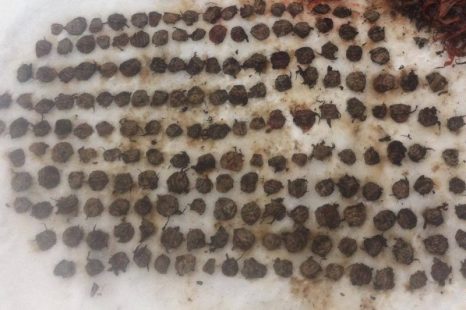
“They (seals) are destroying the crab stocks.” – Bearded seal harvested with a belly full of snow crab in Green Bay
Baie Verte native Danny Dicks recently harvested a bearded seal (square flipper seal) with 181 identifiable female and two male crabs in its stomach. The seal weighed between 200-300 pounds and measured approximately seven feet long. The Pilot spoke with Danny’s brother, Deon about the seal and what it was eating. “Bearded seals are not as common as the harp seals that are usually harvested,” Deon said. “They are much larger and can dive down in the deep water for crab and I’ve even seen them with rocks in their bellies.” “The females are needed to produce,” Deon said. “They (seals) are destroying the crab stocks.” Link 15:21
Sea lions hinder salmon conservation
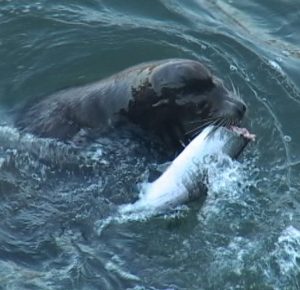 California and Steller sea lions took a bigger bite out of last year’s salmon run than in any previous year, according to a new federal report. 2015 saw a bigger run, with more than 239,000 chinook and steelhead migrating past Bonneville Dam. That year, the total number of salmon that sea lions ate was he largest ever recorded. The Army Corps of Engineers recorded more than 260 sea lions eating more than 10,000 fish from January to June 2015. The 2016 salmon run was far smaller, but the sea lions’ appetite for salmon didn’t shrink much. They still ate more than 9,500 fish, nearly 6 percent of the run. That’s the largest share of the run eaten by the large marine mammals since Army Corps scientists started watching 15 years ago. Read the rest here 12:43
California and Steller sea lions took a bigger bite out of last year’s salmon run than in any previous year, according to a new federal report. 2015 saw a bigger run, with more than 239,000 chinook and steelhead migrating past Bonneville Dam. That year, the total number of salmon that sea lions ate was he largest ever recorded. The Army Corps of Engineers recorded more than 260 sea lions eating more than 10,000 fish from January to June 2015. The 2016 salmon run was far smaller, but the sea lions’ appetite for salmon didn’t shrink much. They still ate more than 9,500 fish, nearly 6 percent of the run. That’s the largest share of the run eaten by the large marine mammals since Army Corps scientists started watching 15 years ago. Read the rest here 12:43
Nils Stolpe: While it’s called fishery management, it’s not even close – Managing fishing, not fish
“At the global scale, probably the one thing currently having the most impact (on the oceans) is overfishing and destructive fishing gear.” (former National Oceanic and Atmospheric Administration head Jane Lubchenco in an interview on the website Takepart.com on April 7, 2010.) The Deepwater Horizon oil spill catastrophe began on April 20, less than two weeks later. Each year in the U.S. hundreds of millions of tax dollars are spent on what is called fishery management. It’s called fisheries management in the Magnuson-Stevens Fishery Conservation and Management Act. Read the article here 19:14
The enigma behind America’s freak, 20-year lobster boom
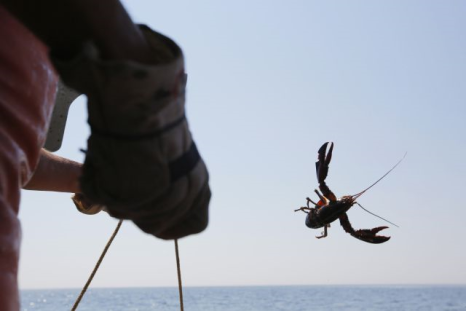 Even as biologists puzzle over Maine’s strange serendipity, a more ominous mystery is emerging. A scientist who tracks baby lobsters reports that in the last few years their numbers have abruptly plummeted, up and down Maine’s coast. With the number of breeding lobsters at an all-time high, it’s unclear why the baby lobster population would be cratering—let alone what it portends. It could reflect a benign shift in baby lobster habitats. Or it could be that the two-decade boom is already on its way to a bust. To form a clearer picture why, we first need to unravel the possible causes of the current lobster glut. Read the rest here 09:23
Even as biologists puzzle over Maine’s strange serendipity, a more ominous mystery is emerging. A scientist who tracks baby lobsters reports that in the last few years their numbers have abruptly plummeted, up and down Maine’s coast. With the number of breeding lobsters at an all-time high, it’s unclear why the baby lobster population would be cratering—let alone what it portends. It could reflect a benign shift in baby lobster habitats. Or it could be that the two-decade boom is already on its way to a bust. To form a clearer picture why, we first need to unravel the possible causes of the current lobster glut. Read the rest here 09:23
Could salmon sharks be factor in declining Bering Sea king salmon numbers?
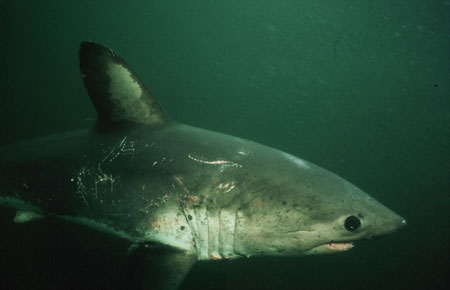 Given their name, it’s not surprising that salmon sharks eat salmon. But Alaska researchers are now asking whether the animals might have any impact on declining numbers of Bering Sea king salmon. “It’s too early to tell if salmon sharks have any impact on abundance on king salmon in the ocean, but it’s certainly another factor that should be investigated,” Seitz said in a phone interview from Fairbanks Wednesday. Read the rest here 11:42
Given their name, it’s not surprising that salmon sharks eat salmon. But Alaska researchers are now asking whether the animals might have any impact on declining numbers of Bering Sea king salmon. “It’s too early to tell if salmon sharks have any impact on abundance on king salmon in the ocean, but it’s certainly another factor that should be investigated,” Seitz said in a phone interview from Fairbanks Wednesday. Read the rest here 11:42
Watermen Say Striped Bass to Blame for Low Crab Numbers
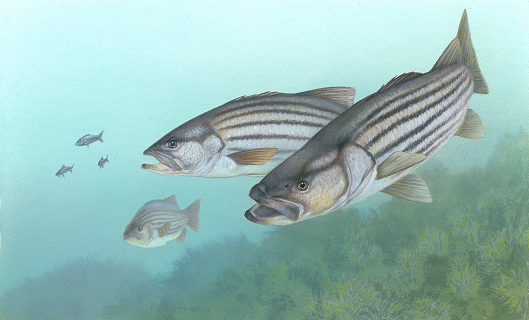 A picture circulating the Internet since the first weekend of November shows a striped bass cut open with roughly 20 small crabs spilling out of it. Watermen that spoke with WBOC said this is not a freak occurrence. director of DNR’s blue crab program – no scientific data to support a supposition that Striped Bass predation is causing a significant depletion of . more@wboc 14:54
A picture circulating the Internet since the first weekend of November shows a striped bass cut open with roughly 20 small crabs spilling out of it. Watermen that spoke with WBOC said this is not a freak occurrence. director of DNR’s blue crab program – no scientific data to support a supposition that Striped Bass predation is causing a significant depletion of . more@wboc 14:54






 Using tags surgically implanted into thousands of juvenile salmon, UBC researchers have discovered that many fish die within the first few days of migration from their birthplace to the ocean. “We knew that on average 10 to 40 million smolts leave Chilko Lake every year and only about 1.5 million return as adults two years later,” said Nathan Furey, researcher and a PhD candidate in the faculty of forestry. “It’s always been a mystery about what happens in between.” More than 2,000 salmon were tracked over four years and researchers found that survival was poor in the clear and slow-moving Chilko River, where predators were feeding intensely on the smolts. Once in the murky and fast-flowing Fraser River, the salmon travelled day and night, covering up to 220 km per day, and experienced nearly 100 per cent survival. The researchers believe that in these waters, predators have difficulty finding and getting to the fish.
Using tags surgically implanted into thousands of juvenile salmon, UBC researchers have discovered that many fish die within the first few days of migration from their birthplace to the ocean. “We knew that on average 10 to 40 million smolts leave Chilko Lake every year and only about 1.5 million return as adults two years later,” said Nathan Furey, researcher and a PhD candidate in the faculty of forestry. “It’s always been a mystery about what happens in between.” More than 2,000 salmon were tracked over four years and researchers found that survival was poor in the clear and slow-moving Chilko River, where predators were feeding intensely on the smolts. Once in the murky and fast-flowing Fraser River, the salmon travelled day and night, covering up to 220 km per day, and experienced nearly 100 per cent survival. The researchers believe that in these waters, predators have difficulty finding and getting to the fish. 


























